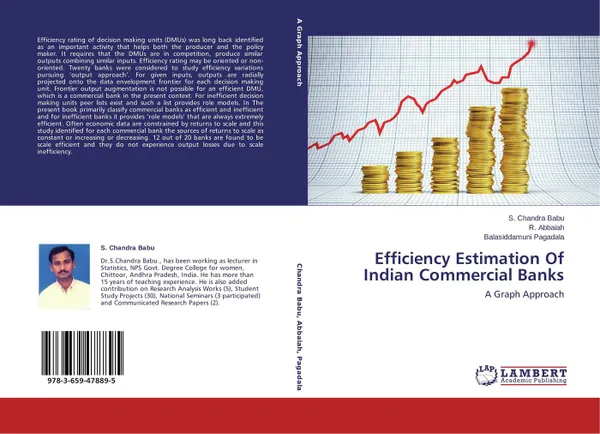Efficiency Estimation Of Indian Commercial Banks
2013
136 страниц
Категория: Литература на иностранных языках
Язык: Английский
Тираж: 500
📒 Efficiency rating of decision making units (DMUs) was long back identified as an important activity that helps both the producer and the policy maker. It requires that the DMUs are in competition, produce similar outputs combining similar inputs. Efficiency rating may be oriented or non-oriented. Twenty banks were considered to study efficiency variations pursuing ‘output approach’. For given inputs, outputs are radially projected onto the data envelopment frontier for each decision making unit. Frontier output augmentation is not possible for an efficient DMU, which is a commercial bank in the present context. For inefficient decision making units peer lists exist and such a list provides role models. In The present book primarily classify commercial banks as efficient and inefficient and for inefficient banks it provides ‘role models’ that are always extremely efficient. Often economic data are constrained by returns to scale and this study identified for each commercial bank the sources of returns to scale as constant or increasing or decreasing. 12 out of 20 banks are found to be scale efficient and they do not experience output losses due to scale inefficiency.
Мнения
